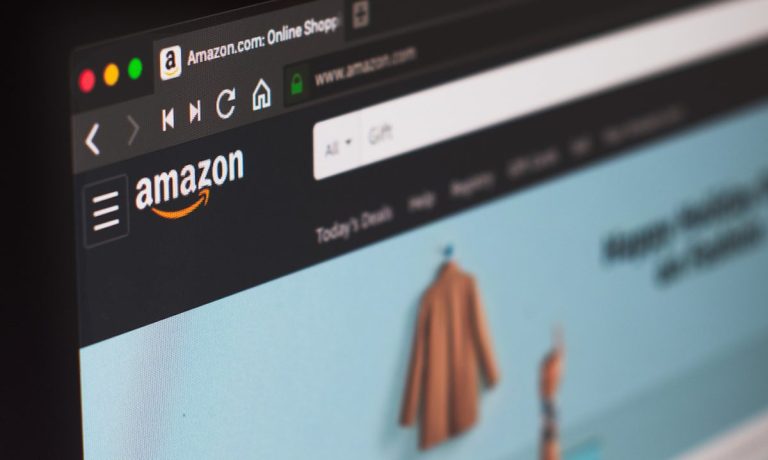
One of the biggest sources of friction in the gift-giving process, particularly as eCommerce accounts for a larger share of purchases, is knowing where to send the item. After hours of searching, comparing and customizing, the buyer may not know the recipient’s address and may be unwilling to ask in order to avoid spoiling the surprise, leading to a disappointing consumer experience and a lost sale for the merchant.
As holiday shopping kicks into high gear, though, Amazon has given Prime members a new tool to get around this issue, allowing customers to send gifts to friends and family members via email or phone number. The recipient can then add their preferred delivery address or exchange the item for a gift card without notifying the giver.
See also: Amazon Adds Address-Free Gifting Feature Ahead of Holidays
The feature is similar to software developed by Loop Commerce, which provides a GiftNow button on every product page for client retailers, allowing customers to send items to recipients digitally. Shoppers are able to send items without having to select a size, color or other preferences, allowing the friend or family member to make their own choices and thereby decreasing exchanges and returns.
“Gifting is a highly social engagement between people,” Roy Erez, founder and then-CEO of Loop Commerce, said in a 2016 interview with Karen Webster. “It’s about feeling good about what you’re buying; it’s about feeling great about what you’re receiving.”
Loop Commerce was acquired by Synchrony Financial in 2018.
Read more: Loop Commerce Makes eGifting 24/7/365, Day-Of
Amazon’s implementation of the tool, however, may catch on more than GiftNow, which is currently used by only a handful of brands, according to the company website. Amazon, for example, had a nearly 16% share of the overall clothing and apparel market in 2020, up from 9.5% in 2019 and just over 7% in 2018. Looking just at eCommerce, Amazon has a 45% share of clothing and apparel sales, up from about 41% in 2019.

Avoiding Delays
Digital gifting of physical items may also prove to be more popular this year as consumers and retailers face supply chain bottlenecks, higher freight costs and longer shopping times ahead of the holidays. The National Retail Federation (NRF) said earlier this week that imports at container ports are likely to remain at almost record levels through the end of the year, with the wait for ships at the Port of Los Angeles averaging two weeks.
“Retailers have enough inventory on hand to make sure shoppers won’t go home empty-handed this holiday season,” NRF Vice President for Supply Chain and Customs Policy Jonathan Gold said in a statement. “But there are still items sitting on the docks or waiting on ships that need to make it to store shelves and online sellers’ warehouses.”
See more: Near-Record Imports Likely to Continue Clogging Container Ports Through Holidays
The NRF projects 8.5% to 10.5% growth in retail sales in November and December compared to last year, with spending estimates up to $859 billion across the U.S. during the holiday shopping season.
Amazon’s Market Share
PYMNTS research, conducted in collaboration with Kount, found that 87% of consumers plan to shop online this holiday season, a 10-percentage-point jump from last year, despite the number of consumers returning to reopened stores. Additionally, younger consumers are more likely to increase their spending, with nearly one-third of Generation Zers saying they will spend more on gifts this year, along with 28% of millennials.
Amazon, according to PYMNTS’ proprietary data, has nearly 50% of the eCommerce market and over 9% of consumers’ overall retail spend, locking the company in a dead heat with rival Walmart. And with 71% of online holiday shoppers saying product availability will impact their purchasing decisions, offering the option to present a physical gift in digital wrapping paper could give Amazon an even bigger leg up.
You may also like: Holiday Shopping Outlook Suggests ‘Amazon Christmas’ May Be Underway